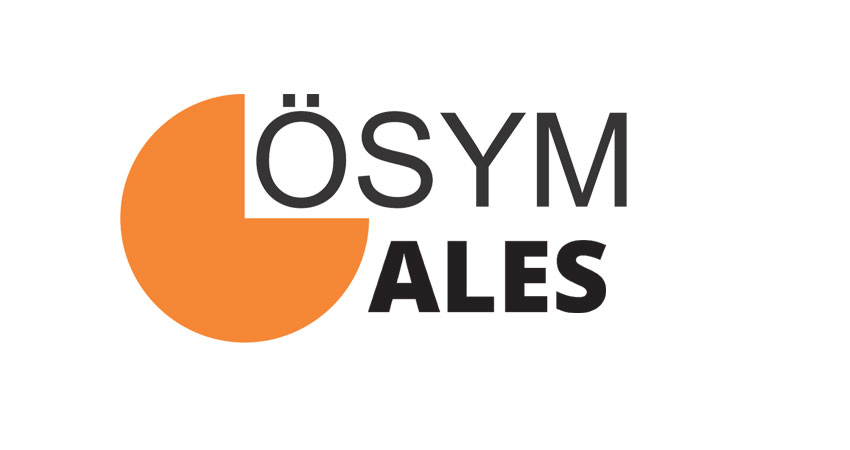ALES Geometri Konu Anlatımı ve Ders Notları PDF İndir
ALES sınavına hazırlanan Öğrenciler için özenle hazırlanmış geometri konu anlatımı ve formüllü ders notlarını PDF olarak aşağıdaki linkten indirebilirsiniz.

ALES Geometri Konu Anlatımı ve Ders Notları PDF İndir. Akademik Personel ve Lisansüstü Eğitimi Giriş Sınavı (ALES), lisansüstü eğitime girişte ve üniversitelerde öğretim görevlisi, okutman, araştırma görevlisi ve doktora eğitimi için girilmesi gereken bir sınavdır. ALES yılda 3 kez yapılır ve geçerlilik süresi 5 yıldır.
ALES Geometri Konu Anlatımı ve Ders Notları PDF İndir

ALES’ te Sözel 1, Sözel 2, Sayısal 1 ve Sayısal 2 olmak üzere 4 farklı puan türü bulunmaktadır. Bu neden sınava giren adaylar girmek istedikleri lisansüstü bölümün aldığı puan türüne uygun soruları çözerek daha yüksek puan almayı hedeflemelilerdir. ALES Eşit Ağırlık ve Sayısal puan türünde başvuru yapacak adaylar ALES Geometri sorularını çözmek zorundalardır. ALES’de Geometriden 12 soru gelmektedir. Bu soruları eksiksiz yapabilmeniz sizi Sayısal ve Eşit ağırlık puan türünden rakiplerinizin önüne geçirecektir.
Bizde Öğrenci Gündemi yazarları olarak ALES’e hazırlanan ve Geometri sorularını cevaplandıracak adaylar için ALES geometri konu anlatımlı ders notlarını PDF formatında paylaştık. ALES Geometri konu anlatımı ders notlarında önceki yıllarda çıkmış ALES Geometri soruları dikkate alarak önemli konular, notlar ve formüller yer almaktadır. ALES Geometri soruları genel olarak Geometrik Kavramlar ve Doğruda Açılar, Çokgenler ve Dörtgenler, Çember ve Daire, Analitik Geometri ,Katı Cisimler konularından gelmektedir.
ALES sınavına hazırlanan Öğrenci Gündemi takipçileri için özenle hazırlanmış geometri konu anlatımı ve formüllü ders notlarını PDF olarak aşağıdaki linkten indirebilirsiniz.
ALES Geometri Konu Anlatımı-Formüller ve Ders Notları PDF İndir
İlginizi Çekebilir 👇
👉 ALES Matematik Çıkmış Sorular ve Çözümleri PDF İndir
👉 Öğrenci Gündemi’ ni İnstagram’dan Takip Etmek İçin Tıklayınız




